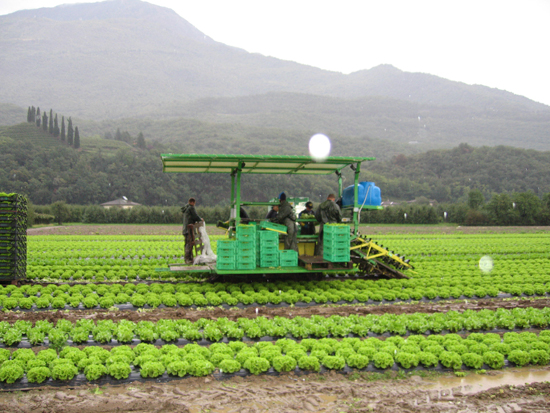The transition to digital doesn’t need some grand plan; it just happens. There is a lot more to digitization than the implementation of cutting-edge technology. It’s on the same level as industrialization in terms of magnitude. Since the advent of the 20th century, the technological era has revolutionized almost every facet of businesses, giving rise to a digital world, unlike the industrial civilization that emerged from the previous revolution two centuries before. Indications of digitization’s far-reaching impact are already visible. Competition for traditional malls has come in the form of online stores; hotels are booked online, and social connections are maintained through online platforms.
Even in the world of horticulture, digitization is becoming more obvious. Horticulture businesses have been using computers to control the temperature in greenhouses for decades, electronic auction letters have replaced paper ones, and sensors track environmental factors in indoor farming, including humidity and temperature. Yes, this is only the tip of the iceberg.
The practice of indoor farming is an innovative segment of the current horticulture market. The dynamic nature of technological innovations and digitization in indoor farming businesses is a direct result of the worldwide need for environmental-friendly methods of producing food. The new standard is a high-quality yield all year round with little investment of time, money, and natural resources. This is now possible, thanks to the use of digital crop management that connects all relevant processes.
Coming to smart water irrigation, UV disinfection is performed on the water once it has been ingested, and this can be done with water from the tap or even rainwater. The potential of reusing wastewater from drains for horticulture businesses is therefore expanded. The elimination of bicarbonate comes next; this achieves the optimal pH for nutritional absorption. Fertilizer dosing devices are very accurate, so nutrients can be added at just the proper rate.
Furthermore, when businesses use a sophisticated irrigation monitoring system, they can be certain that their crop yield will get the ideal amount of water. The evaporation rates and drain level are monitored by the sensors. In addition, the plant is able to control the timing of its own watering.
Next, the wastewater from the drains undergoes a second round of UV disinfection. This guarantees that nearly 99% of the crop-safety chemicals are degraded before disposal, allowing the drain water to be reused by those in horticulture businesses.
In a nutshell, in the future, digitization and human expertise will work together to completely transform agricultural techniques. Horticulture businesses need digital horticulture in the era of cloud computing, artificial intelligence, and IoT to remain data-driven, economical, and resilient in the midst of rising food needs. The United Nations estimates that by 2050, we will require 70 percent more food, even though our ability to produce it will have decreased due to a lack of resources. Horticulture as a whole, and indoor farming, in particular, needs a revolution by adopting technology to shift from perception to a framework of precision farming, from manual operations to automated systems.








